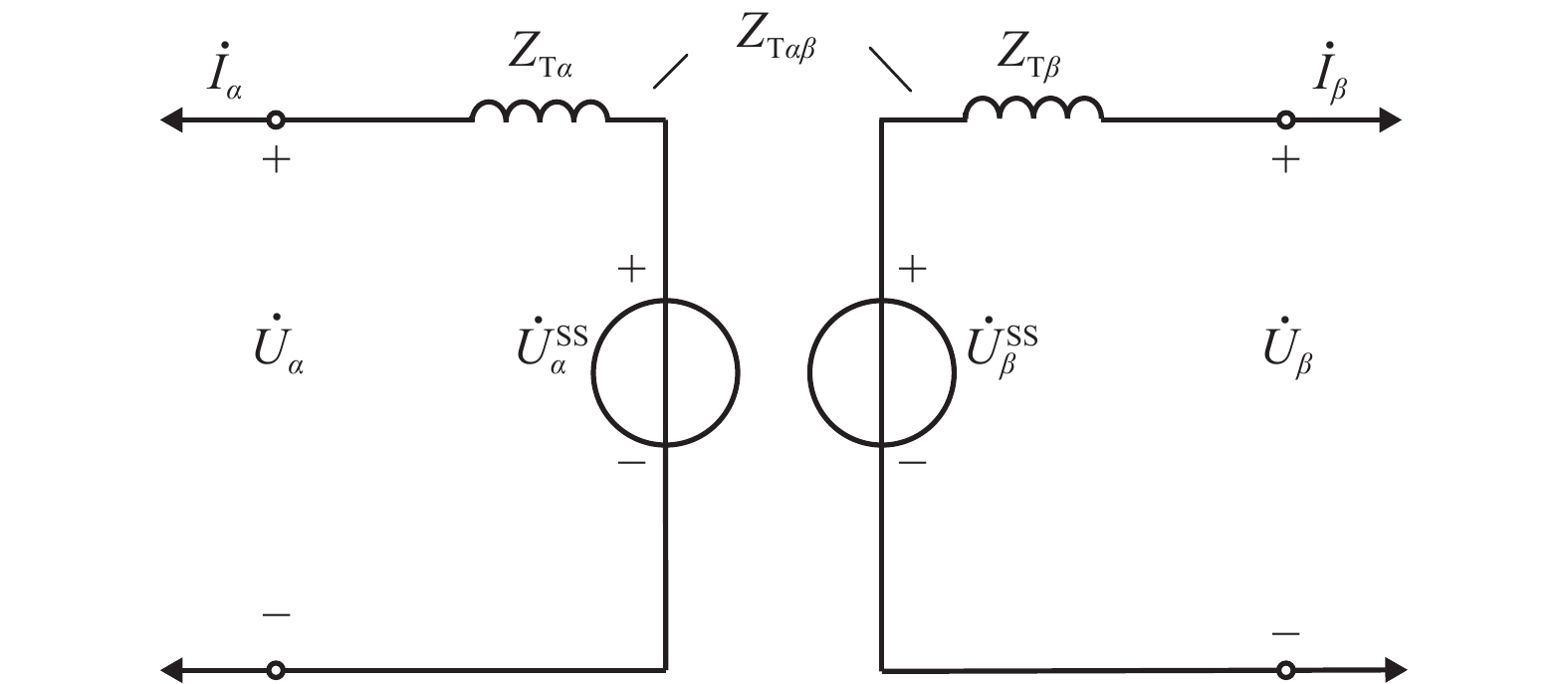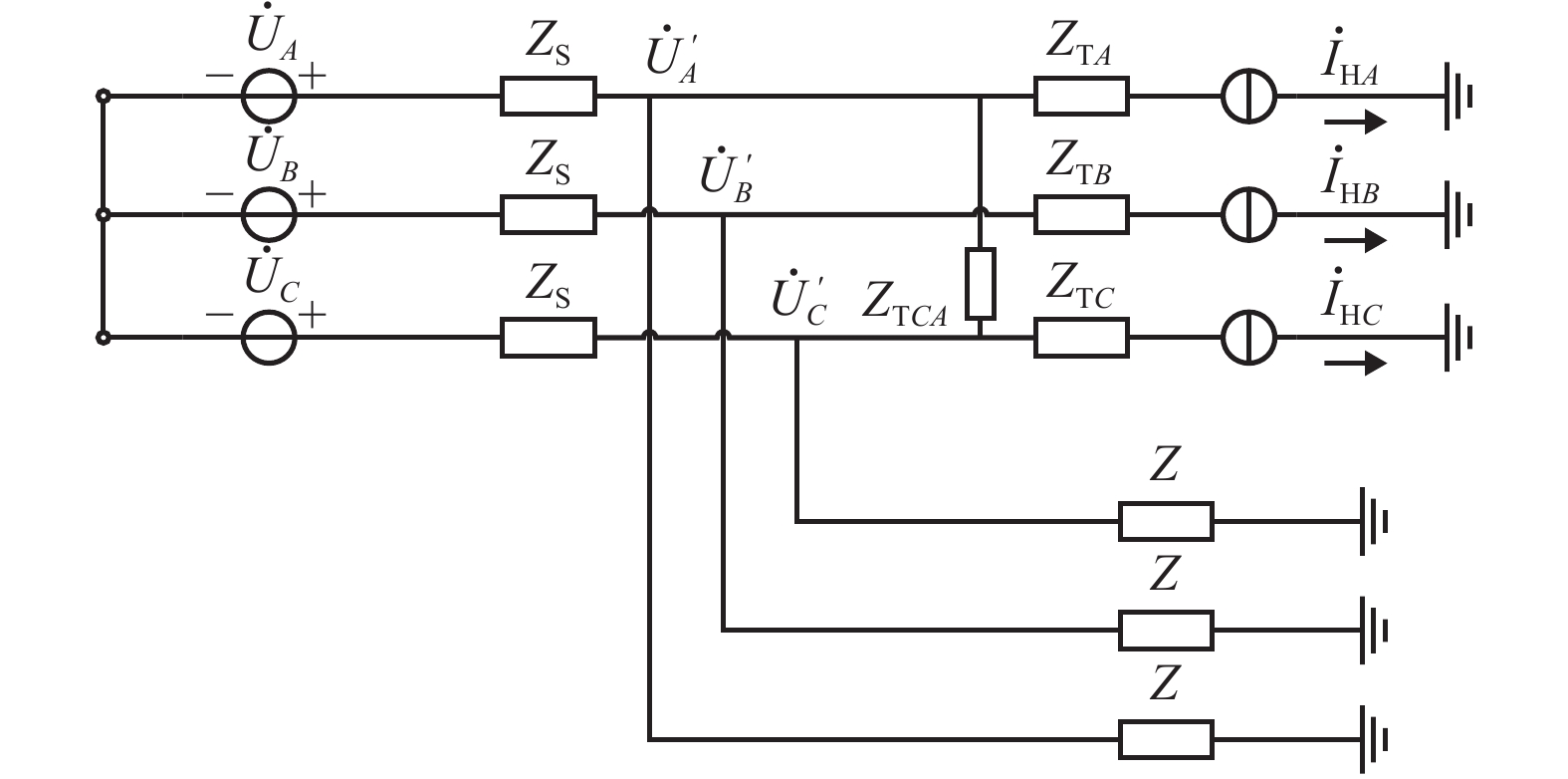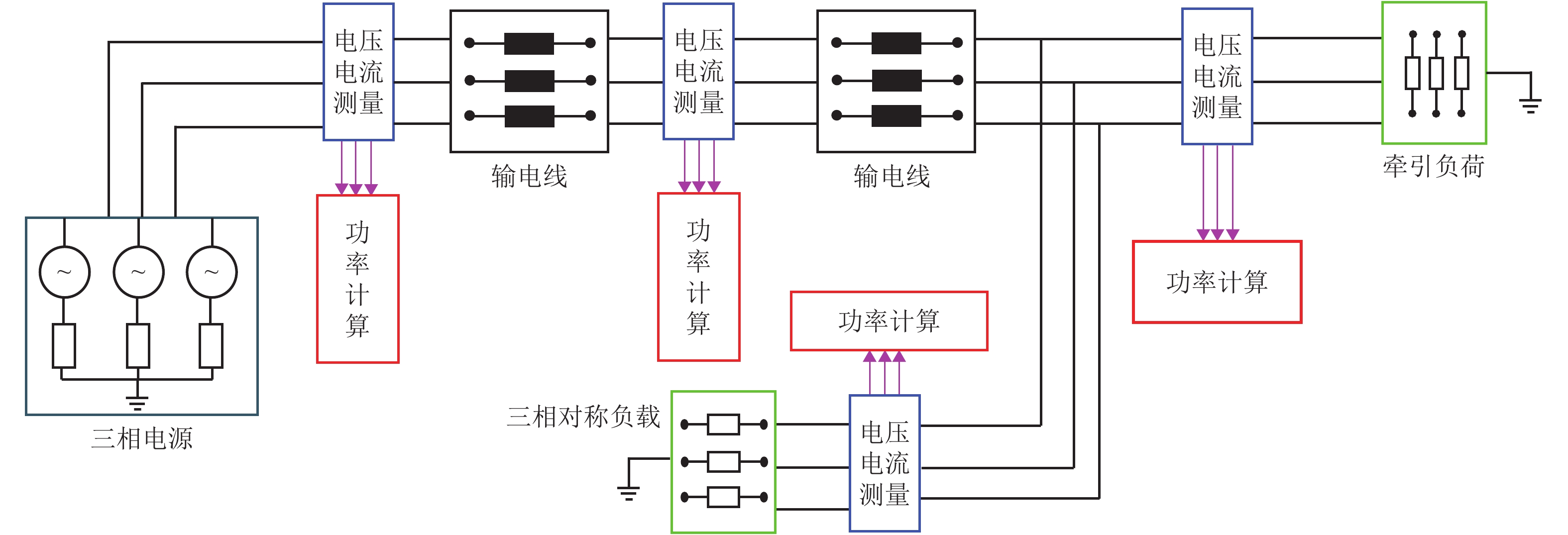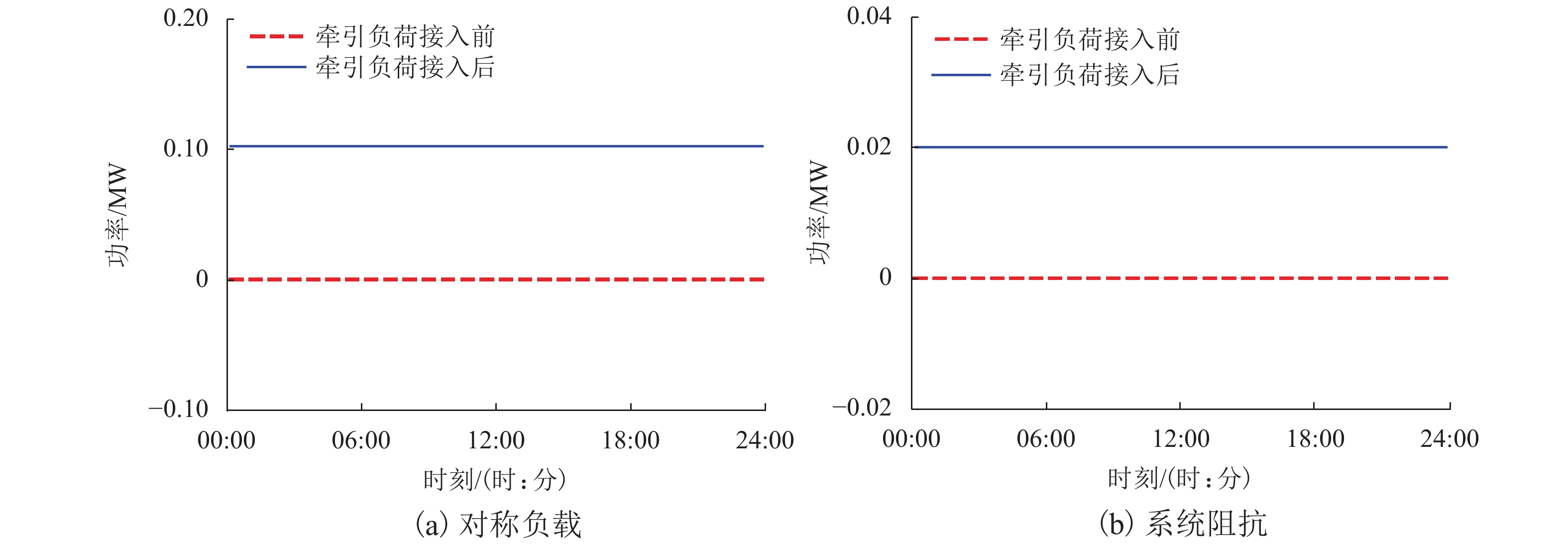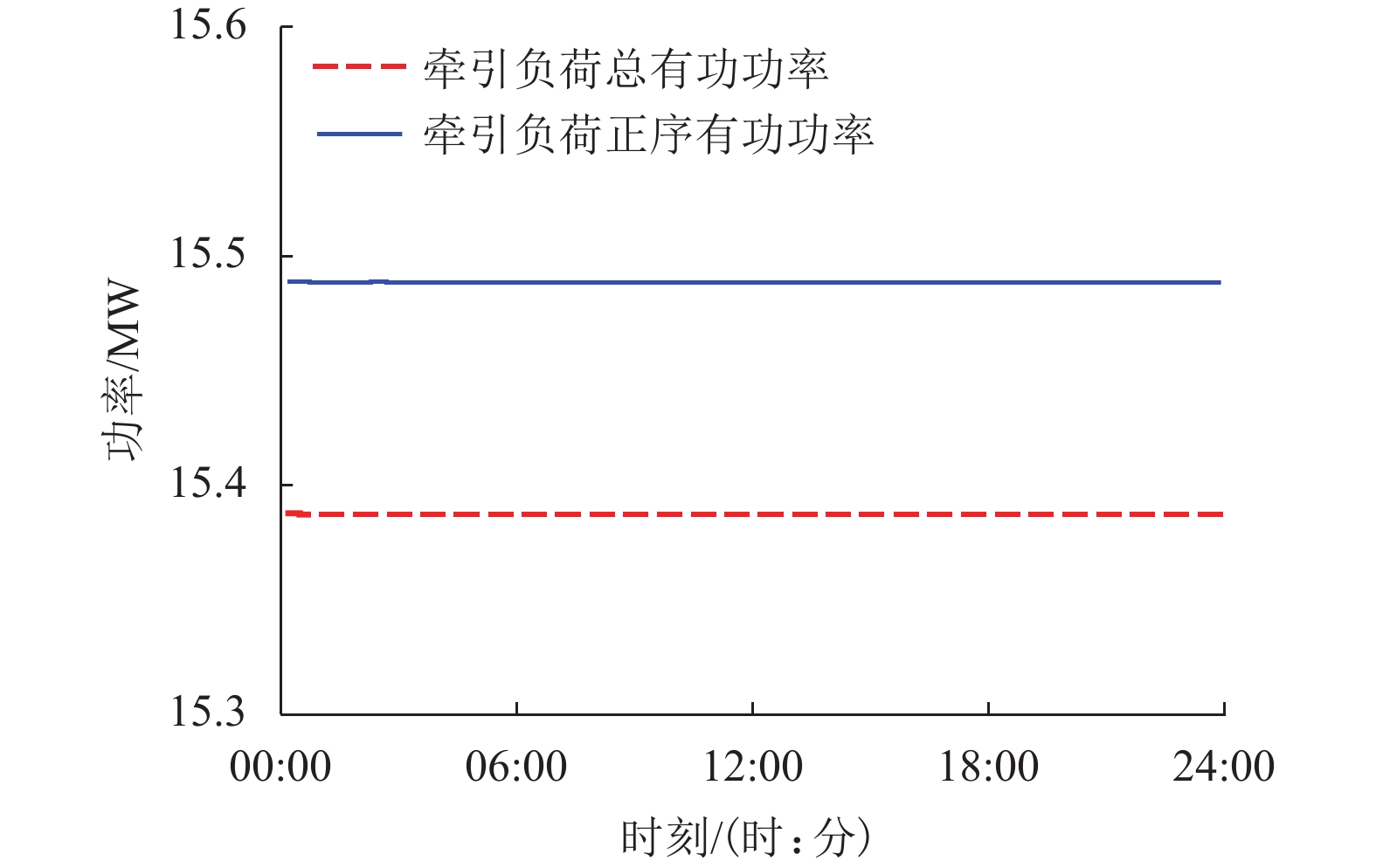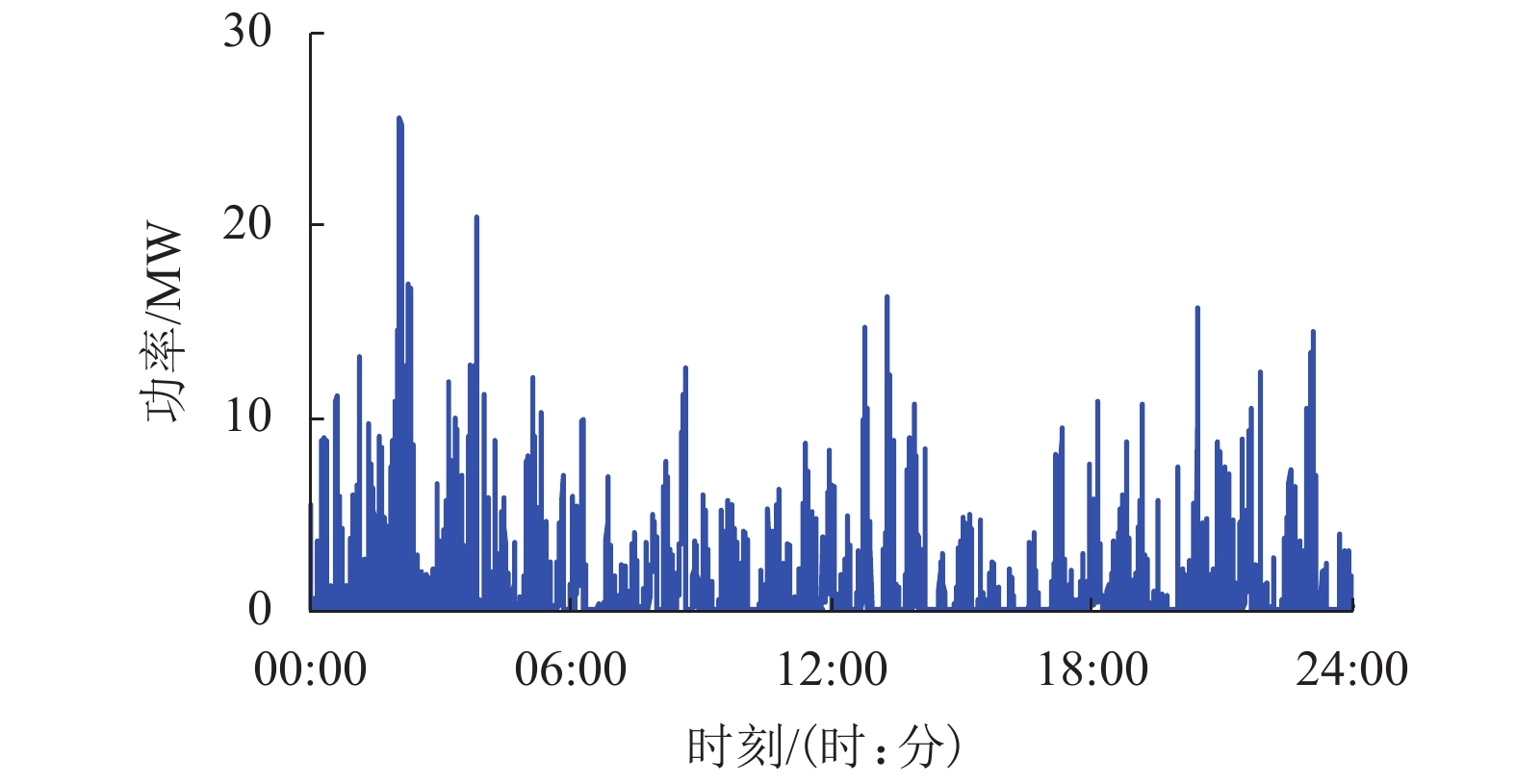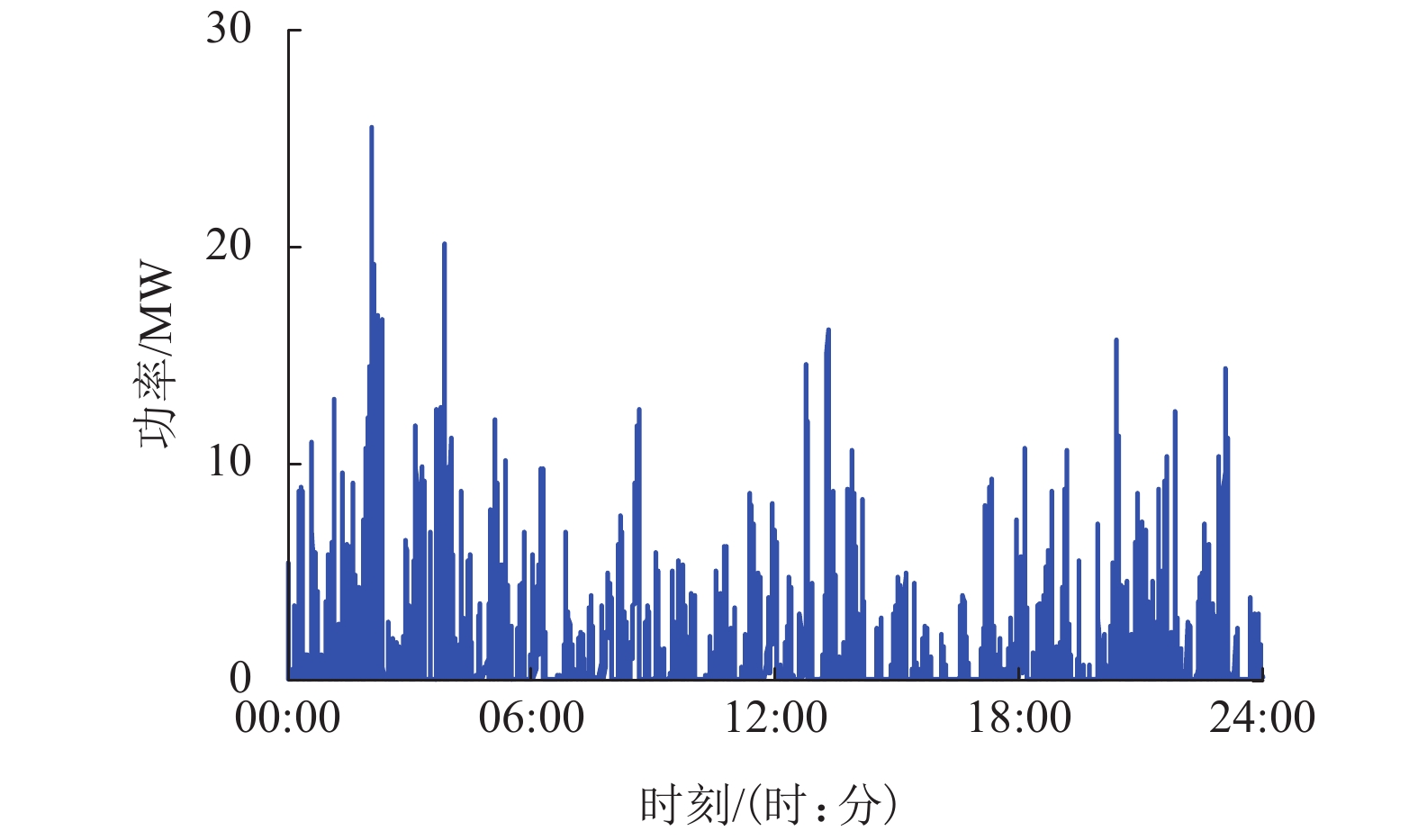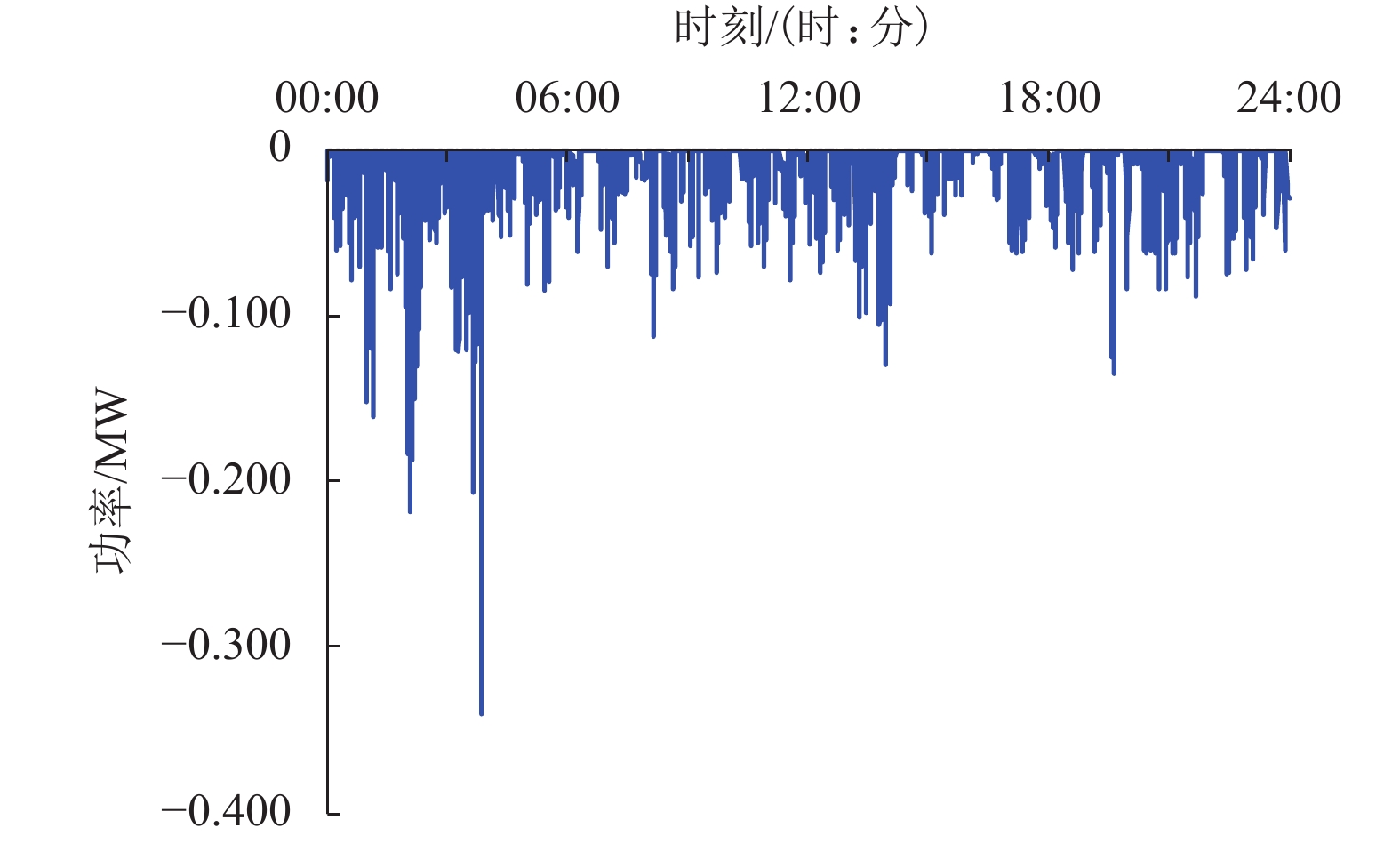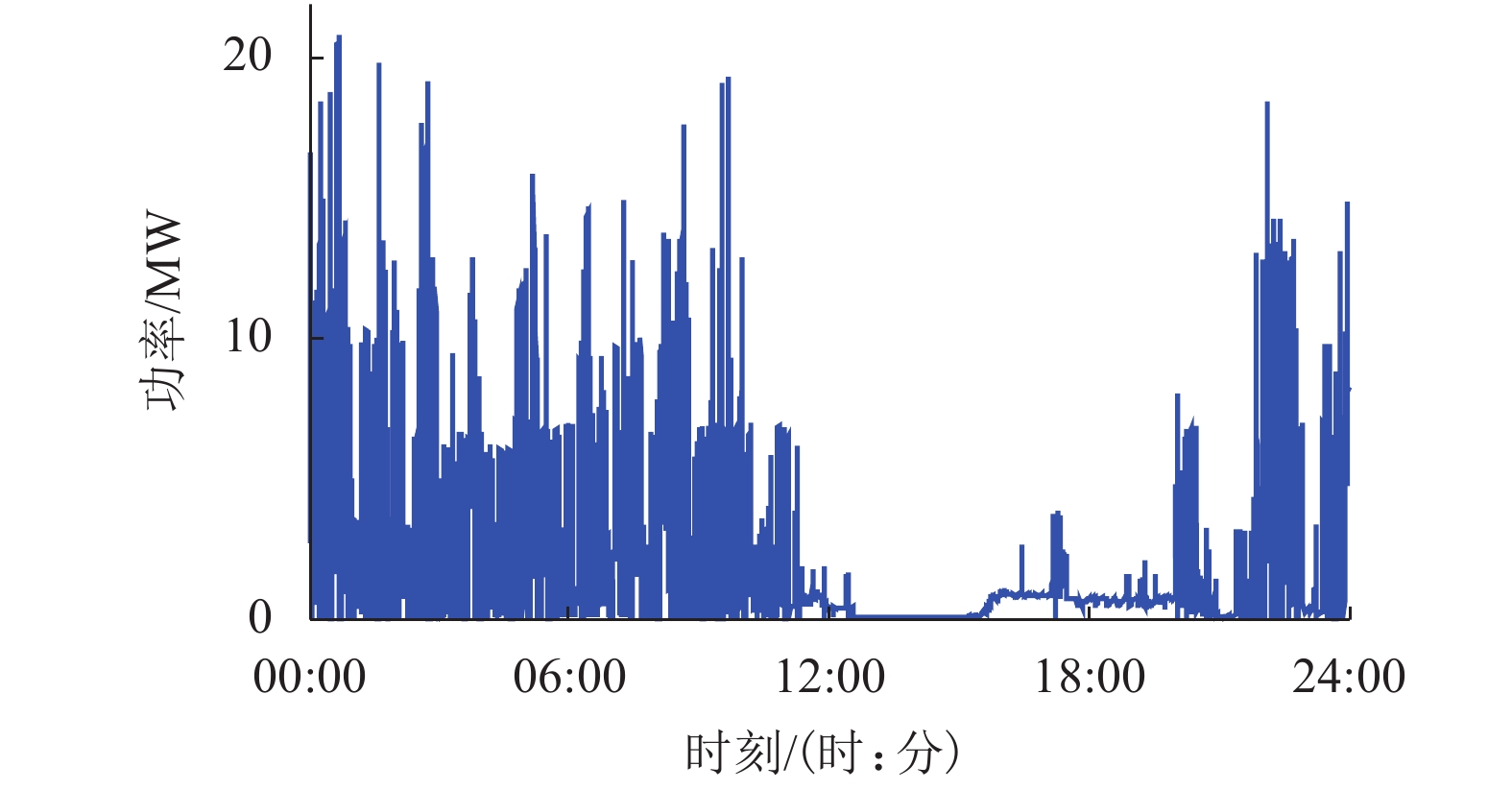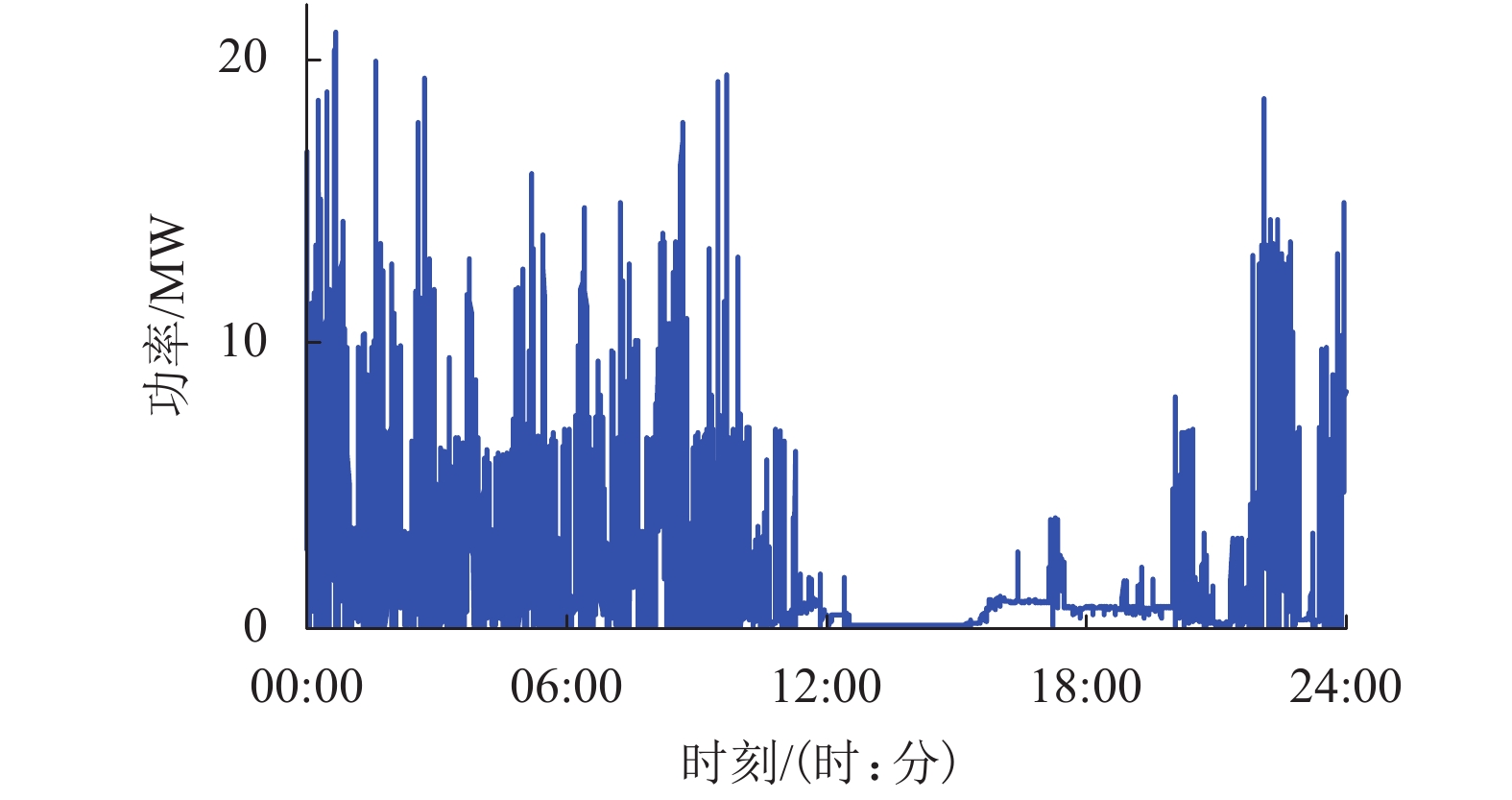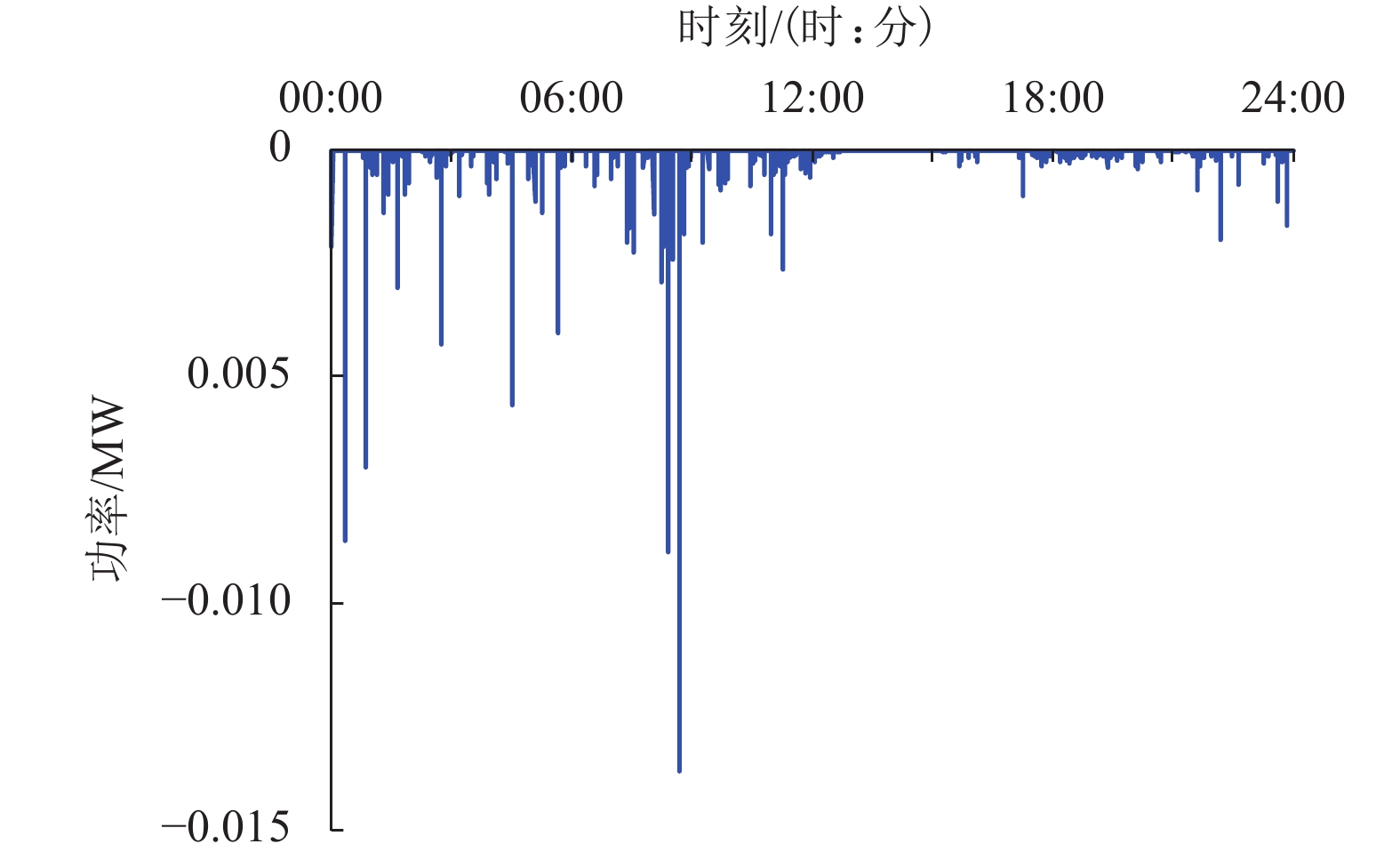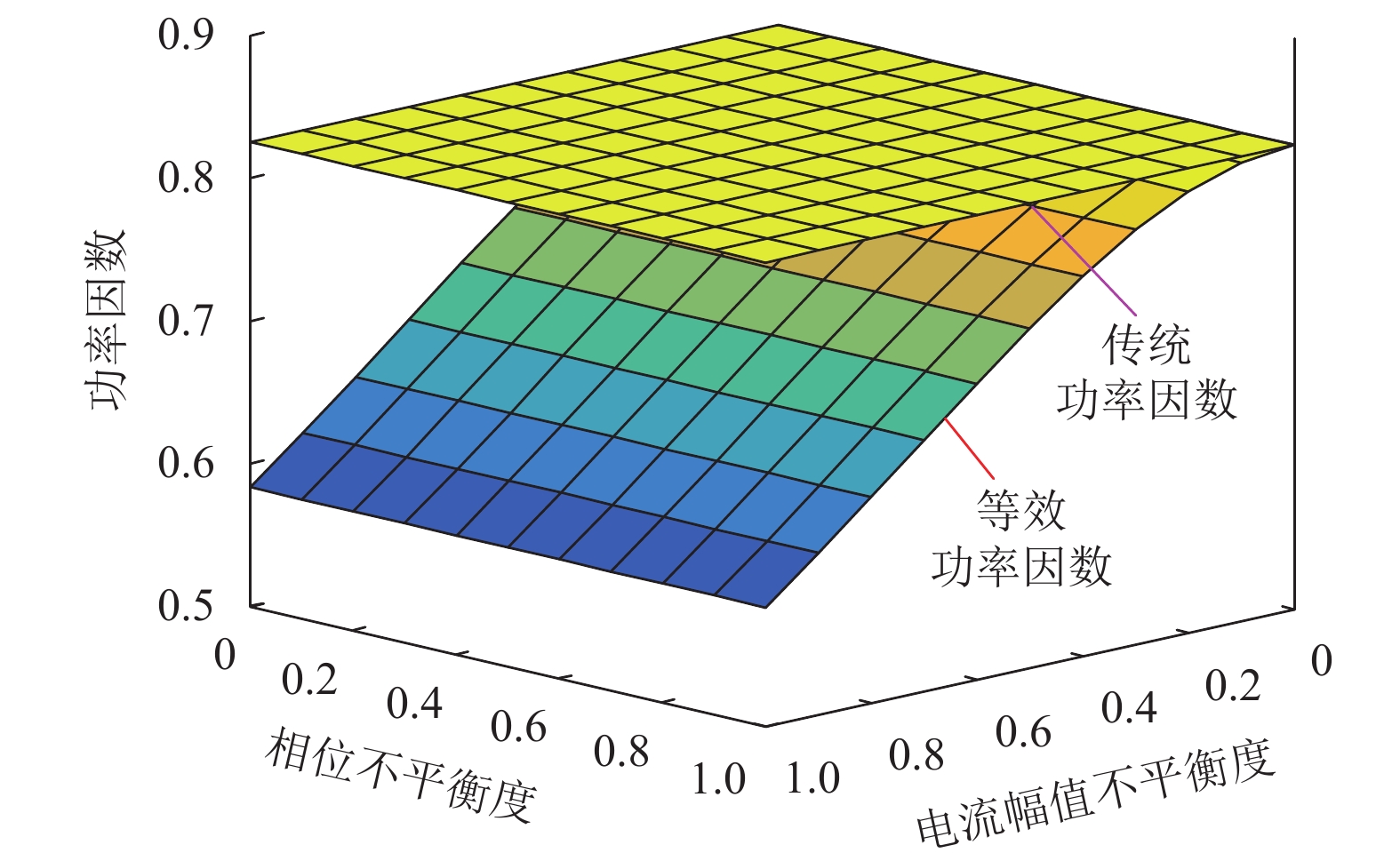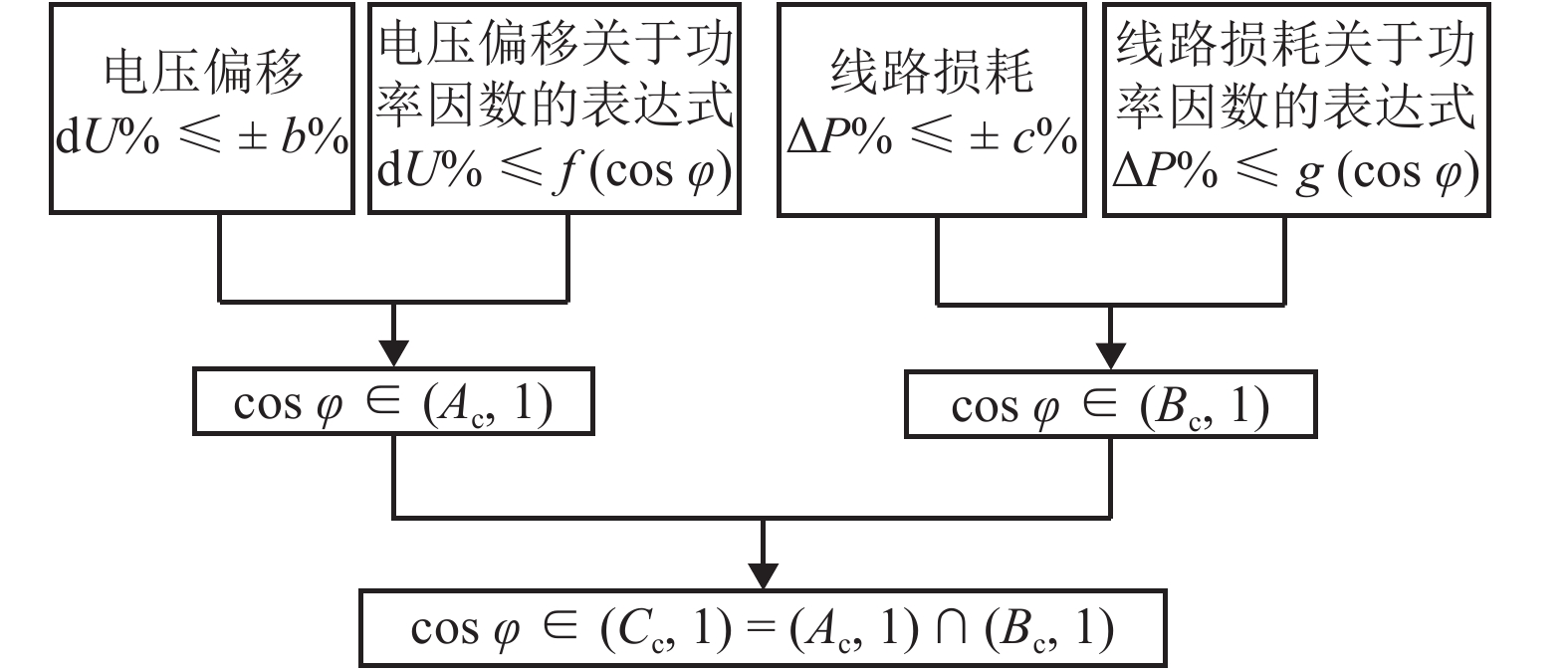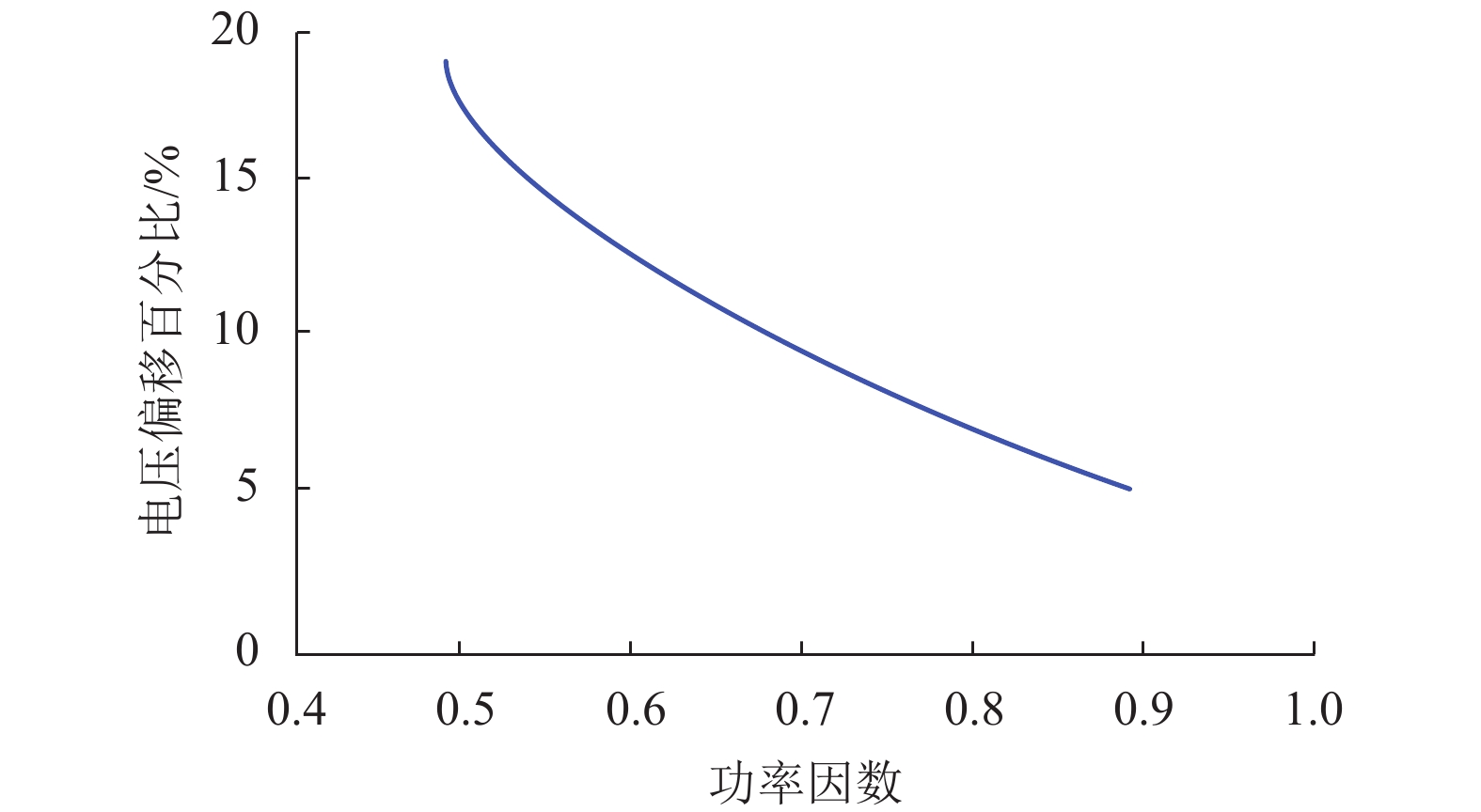Electric Energy Measurement Method for Traction Loads
-
摘要: 为了研究牵引负荷产生的负序对电能计量的影响,在建立牵引供电系统及电力系统三相模型的基础上,分析了牵引供电系统负序功率潮流,阐述了牵引负载采用传统功率理论定义下的功率因数计量方式存在的问题,基于IEEE Std 1459-2010功率理论所推荐的等效视在功率及功率因数定义,提出不平衡牵引负载功率因数计量方案,并将有效功率因数限值取为0.68. 理论分析及实测数据均表明:牵引负荷负序有功功率与正序有功功率方向相反,牵引负荷作为负序源向系统注入负序功率,被系统阻抗和对称负载吸收. 通过仿真与56组实测数据统计分析并验证本文算法的有效性和结论的正确性,实测数据统计结果表明,等效视在功率及等效功率因数能计及不平衡牵引负载对线路传输效率的影响,计量更合理准确.Abstract: In order to explore the influence of negative sequence from traction loads on electric energy measurement results, the negative-sequence power flow in traction power supply system is analyzed on the basis of the established traction power supply system and three-phase power system models. The shortcomings of the power factor metering method based on the traditional power theory are provided. In this regard, an unbalanced power factor metering scheme for traction load is proposed according to the equivalent apparent power and power factor definitions recommended by the IEEE Std 1459-2010 power theory, in which the limit of the effective power factor is 0.68. Theory analysis and measured data show that the direction of negative-sequence active power is opposite to that of the positive-sequence active power; as a negative-sequence source, traction loads add negative-sequence power to the system, which can eventually be absorbed by the system impedance and balanced load. Finally, algorithm effectiveness and conclusion correctness are analyzed and validated by simulation and statistical analysis on 56 groups of measured data in this paper. The simulation and statistical analysis on 56 groups of measured data are used to validate the algorithm and conclusions. Statistical results of measured data show that the equivalent apparent power and the definition of power factor can account for the effect of nonlinear unbalanced traction load on transmission efficiency, which is more reasonable and accurate.
-
Key words:
- negative-sequence flow /
- electric power measurement /
- power factor
-
表 1 仿真数据
Table 1. Simulation data
牵引负荷 数据 牵引负荷 数据 电压有效
值/kVUA = 119.281 电流有效值/A IA = 52.274 UB = 119.858 IB = 49.316 UC = 119.343 IC = 50.118 三相功率/MW P = 15.500 表 2 正序、负序、一次侧有功功率统计值
Table 2. Statistics of positives-sequence,negative-sequence andprimary-side active powers
数据 P+/kW P−/kW Pall/kW 1 10 990.738 −7.776 10 982.960 2 25 446.428 −28.387 25 418.040 3 10 993.926 −13.376 10 980.550 4 9 364.372 −8.226 9 356.146 5 9 796.182 −10.992 9 785.190 6 10 238.528 −9.785 10 228.740 7 11 963.221 −14.299 11 948.920 8 16 037.273 −22.767 16 014.510 9 14 341.452 −20.299 14 321.150 10 9 928.211 −14.339 9 913.872 11 18 299.214 −21.378 18 277.840 12 16 257.203 −20.077 16 237.130 13 17 255.028 −16.395 17 238.630 14 11 326.549 −12.397 11 314.150 15 14 889.862 −16.739 14 873.120 16 13 853.902 −13.293 13 840.610 17 11 926.001 −13.431 11 912.570 18 15 182.937 −16.105 15 166.830 19 9 896.732 −10.206 9 886.526 表 3 传统功率因数、有效功率因数与电压平衡度统计值
Table 3. Statistics of traditional power factor,effective power factor and voltage balance
序号 λ λe εU(95%)/% εU(最大)/% 1 0.995 0.789 1.12 1.42 2 0.986 0.794 1.10 1.51 3 0.998 0.765 1.24 1.56 4 0.983 0.801 1.01 1.82 5 0.982 0.693 1.27 1.85 6 0.982 0.686 1.30 1.79 7 0.979 0.742 1.25 1.52 8 0.948 0.646 1.59 2.47 9 0.981 0.797 1.10 1.62 10 0.991 0.808 0.92 1.96 11 0.949 0.628 1.74 2.66 12 0.977 0.670 1.48 2.33 13 0.998 0.741 1.25 1.63 14 0.987 0.792 1.13 1.82 15 0.992 0.691 1.28 1.63 16 0.988 0.762 1.25 1.83 17 0.946 0.616 1.84 2.59 18 0.980 0.738 1.25 1.72 19 0.995 0.698 1.27 1.95 20 0.962 0.589 1.72 2.52 21 0.990 0.748 1.23 1.68 22 0.991 0.715 1.25 1.59 23 0.995 0.699 1.28 1.94 24 0.998 0.706 1.27 1.61 -
李群湛, 贺建闽. 牵引供电系统分析[M]. 成都: 西南交通大学出版社, 2007: 129-138 谭秀炳. 交流电气化铁道牵引供电系统[M]. 3版. 成都: 西南交通大学出版社, 2009: 147-150 李群湛, 贺建闽, 解绍锋. 电气化铁路电能质量分析与控制[M]. 成都: 西南交通大学出版社, 2012: 116-122 KUTSMEDA K J, FEHRLE K G, TRICK P J. Computer modeling simulation and validation by field testing of a traction power system for electric trolley buses[C]// Proceedings of the 1995 IEEE/ASME Joint Railroad Conference. Baltimore: [s.n.], 1995: 87-91 王月志. 电能计量技术[M]. 北京: 中国电力出版社, 2015: 102-110 徐莘. 高速铁路牵引供电系统电能计量方式研究[D]. 成都: 西南交通大学, 2018. 徐莘,解绍锋. 负序条件下基于正序有功功率的电能计量方案[J]. 电网技术,2018,42(5): 1613-1619.XU Shen, XIE Shaofeng. An electricity metering scheme based on positive-sequence active power in negative sequence condition[J]. Power System Technology, 2018, 42(5): 1613-1619. 李群湛. 牵引变电所供电分析及综合补偿分析[M]. 北京: 中国铁道出版社, 2006: 100-103. 肖湘宁,罗超,陶顺. 电气系统功率理论的发展与面临的挑战[J]. 电工技术学报,2013,28(9): 1-10. doi: 10.3969/j.issn.1000-6753.2013.09.001XIAO Xiangning, LUO Chao, TAO Shun. Development and challenges of power theory in electrical power system[J]. Transactions of China Electrotechnical Society, 2013, 28(9): 1-10. doi: 10.3969/j.issn.1000-6753.2013.09.001 IEEE. Definitions for the measurement of electric power quantities under sinusoidal, nonsinusoidal, balanced, or unbalanced conditions: IEEE Std-2010[S]. [S.l.]: IEEE Power and Energy Soctiety, 2010. 郭琳霞. 功率因数调整电费模型与激励约束机制研究[D]. 北京: 华北电力大学, 2009. 曹昉,张粒子. 用回归分析法建立功率因数调整预测模型[J]. 华北电力技术,2006(6): 7-10. doi: 10.3969/j.issn.1003-9171.2006.06.002CAO Fang, ZHANG Lizi. To set up model to forecast electric fee adjusted by cosh using regression analysis method[J]. North China Electric Power, 2006(6): 7-10. doi: 10.3969/j.issn.1003-9171.2006.06.002 国家技术监督检验检疫总局. 电能质量供电电压允许偏差: GB/T 12325—2003[S]. 北京: 中国标准出版社, 2003. 全国电压电流等级和频率标准化委员会. 电能质量三相电压不平衡: GB/T 15543—2008[S]. 北京: 中国标准出版社, 2008. -




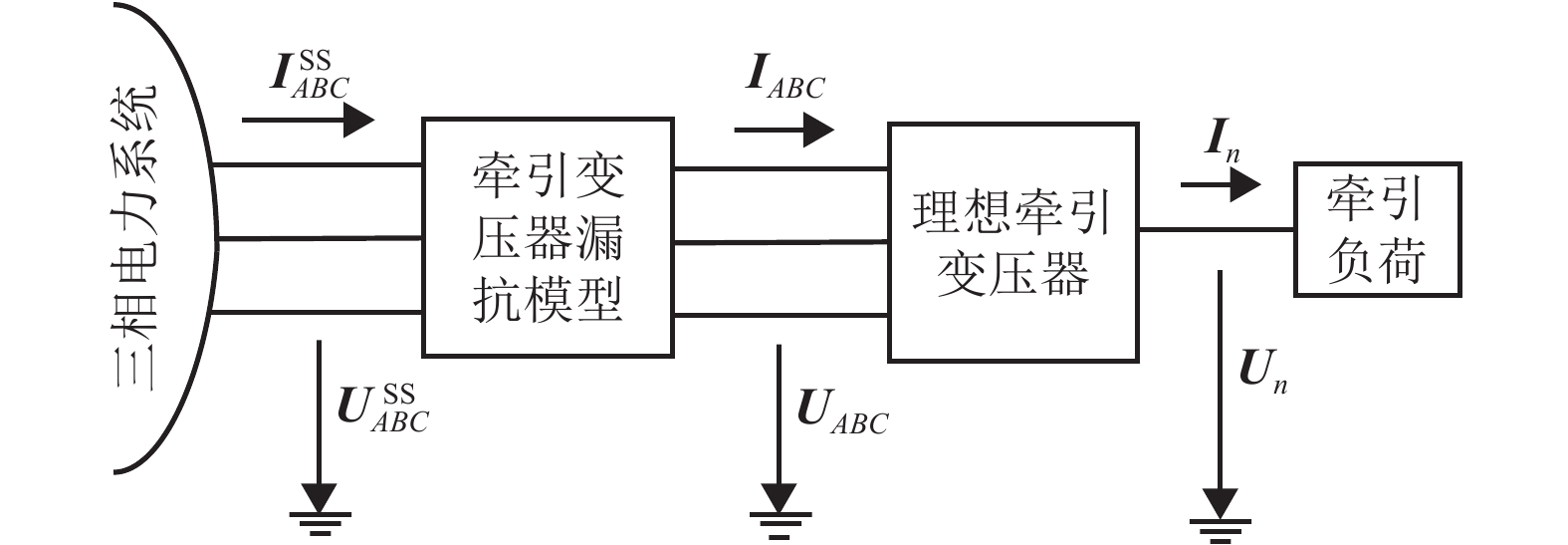
 下载:
下载:
